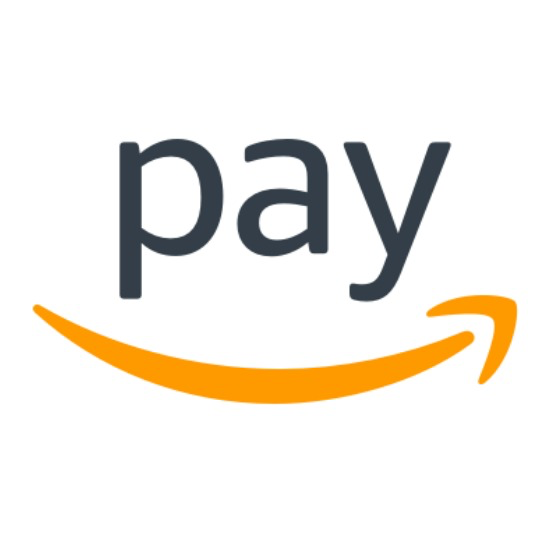How We Started A $25K/Month Low-Carb, Gluten-Free Desserts Business
Hello! Who are you and what business did you start?
Hi there! My name is David Downing and I’m co-founder & CEO of ChipMonk, a specialty mail-order bakery based in Houston. We make low carb, gluten-free desserts, and ship them all across the country. Our mission is to help people indulge mindfully and make better nutritional choices.
As an early-stage company, we’ve remained focused on growing via e-commerce before we attempt to tackle wholesale or get into grocery stores. Right now, we sell around $25,000 a month, with most of that coming directly from our website.

What's your backstory and how did you come up with the idea?
Before starting ChipMonk in 2019 with my co-founder, Jose Hernández, I spent many years working in management...

Download the report and join our email newsletter packed with business ideas and money-making opportunities, backed by real-life case studies.

Download the report and join our email newsletter packed with business ideas and money-making opportunities, backed by real-life case studies.

Download the report and join our email newsletter packed with business ideas and money-making opportunities, backed by real-life case studies.

Download the report and join our email newsletter packed with business ideas and money-making opportunities, backed by real-life case studies.

Download the report and join our email newsletter packed with business ideas and money-making opportunities, backed by real-life case studies.

Download the report and join our email newsletter packed with business ideas and money-making opportunities, backed by real-life case studies.

Download the report and join our email newsletter packed with business ideas and money-making opportunities, backed by real-life case studies.

Download the report and join our email newsletter packed with business ideas and money-making opportunities, backed by real-life case studies.




























































